Affiliate links on Android Authority may earn us a commission. Learn more.
Kirin 990 announced: A tiny 5G, AI, and gaming powerhouse
Published onSeptember 6, 2019
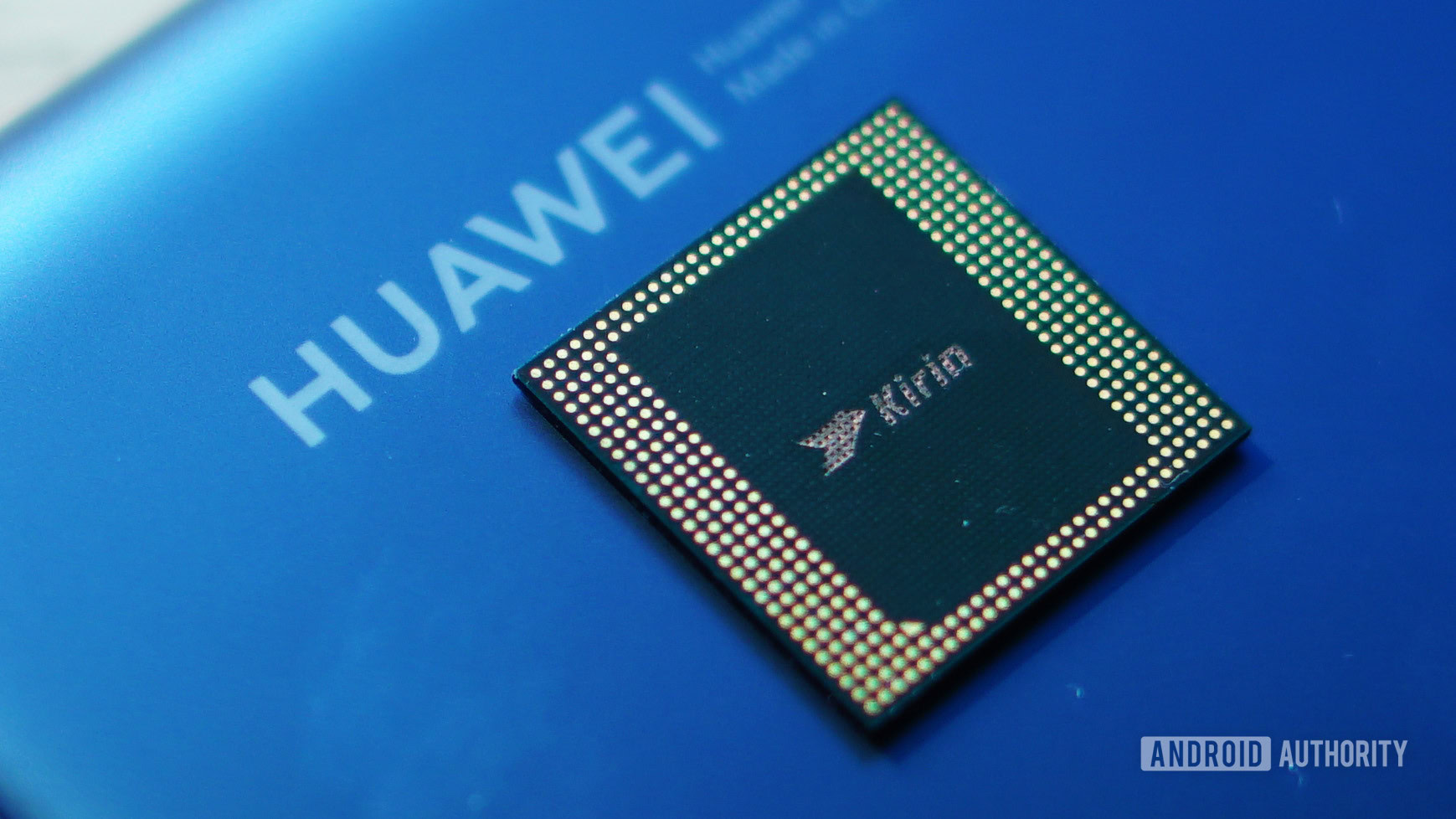
At IFA 2019, HUAWEI’s HiSilicon has unveiled its latest mobile application processor – the Kirin 990. This chipset will undoubtedly power the upcoming HUAWEI Mate 30 series as well as next year’s successor to the HUAWEI P30 Pro.
Following on from last year’s Kirin 980, the 990 promises upgrades to AI performance and networking capabilities. There are also familiar performance boosts, although perhaps not quite in the way some had expected. Other noteworthy features include an in-house machine learning solution, the company’s first 5G integrated modem, and improved image processing capabilities.
The Kirin 990 compares very favorably to chipsets that are currently on the market. However, HUAWEI is always first out of the gate with its next-gen processors. We will have to wait for Qualcomm’s new Snapdragon announcement towards the end of the year and Samsung’s next-gen Exynos before drawing conclusions about how next year’s flagship smartphones compare.
HiSilicon Kirin 990 specs
| SoC | Kirin 990 5G | Kirin 980 | Kirin 970 |
|---|---|---|---|
| SoC CPU | Kirin 990 5G 2x Cortex-A76 @ 2.86 GHz 2x Cortex-A76 @ 2.36 GHz 4x Cortex-A55 @ 1.95 GHz | Kirin 980 2x Cortex-A76 @ 2.6 GHz 2x Cortex-A76 @ 1.92 GHz 4x Cortex-A55 @ 1.8 GHz | Kirin 970 4x Cortex-A73 @ 2.4 GHz 4x Cortex A53 @ 1.8 GHz |
| SoC GPU | Kirin 990 5G Mali-G76 MP16 @ 600 MHz | Kirin 980 Mali-G76 MP10 @ 720 MHz | Kirin 970 Mali-G72 MP12 @ 746 MHz |
| SoC RAM | Kirin 990 5G LPDDR4X @ 2133 MHz 34.1 GB/s | Kirin 980 LPDDR4X @ 2133 MHz 34.1 GB/s | Kirin 970 LPDDR4X @ 1866 MHz 29.9 GB/s |
| SoC Storage | Kirin 990 5G UFS 3.0 | Kirin 980 UFS 2.1 | Kirin 970 UFS 2.1 |
| SoC Neural Processing Unit (NPU) | Kirin 990 5G DaVinci big/small architecture | Kirin 980 Yes, 2x | Kirin 970 Yes |
| SoC Modem | Kirin 990 5G 4G / 5G (integrated) 2300 Mb/s download 1250 Mb/s upload | Kirin 980 4G LTE Cat 21 1400 Mb/s download 200 Mb/s upload | Kirin 970 4G LTE Cat 18 1200 Mb/s download 150 Mb/s upload |
| SoC Process | Kirin 990 5G TSMC 7nm+ EUV | Kirin 980 TSMC 7nm | Kirin 970 TSMC 10nm |
Huawei’s first integrated 5G mobile SoC
Samsung tried to steal HUAWEI’s thunder with its 5G-integrated Exynos 980 announcement, but the Kirin 990 is the first flagship-tier mobile SoC to boast an integrated 5G modem. It’s also 4G/5G multi-mode compliant, meaning that the Kirin 990 supports both 4G and 5G networks in a single package and can transfer data over both simultaneously to ensure a solid connection.
There are two main advantages to integrated modems over the current two-chip implementations. The first is for PCB and silicon area size, as HUAWEI was keen to point out during a presentation. The Kirin 990 takes up 36% less space than an Exynos 9825 and 5100 Modem or a Snapdragon 855 and X50 combo. The second advantage is that this smaller, integrated solution consumes less power, meaning longer battery life. The 5G modem is now also tightly coupled with a more efficient scheduler and doesn’t require a second block of DRAM, saving on both cost and power consumption.
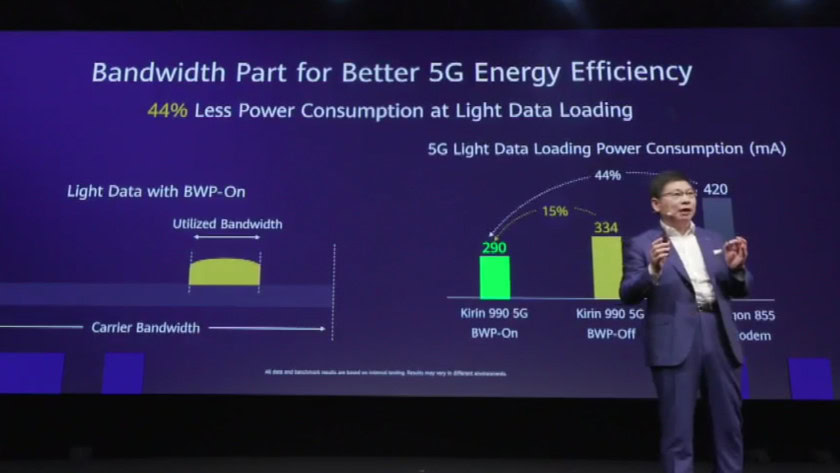
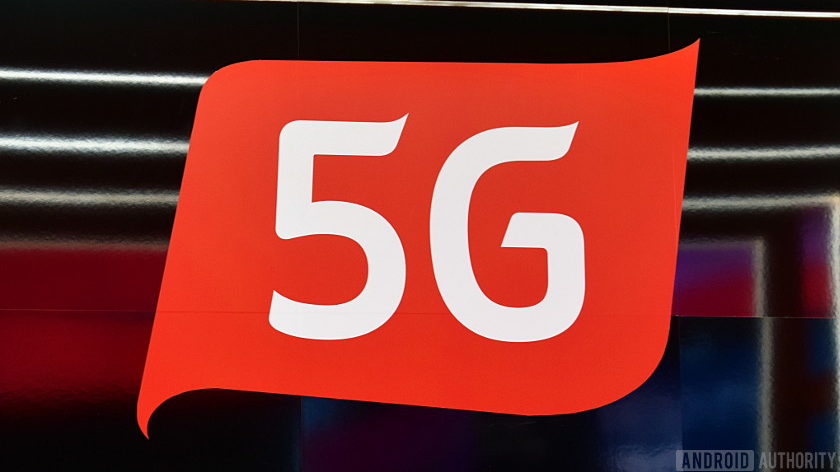
There’s no support for mmWave frequency bands in the Kirin 990, which is a glaring omission. Although this might not be such a problem as the chipset won’t be making its way to the mmWave-heavy U.S. anyway. HUAWEI states that Japan is the only other market with broad mmWave adoption, and even then, they view it as optional rather than mandatory feature in its current state. HUAWEI still has its Balong 5000 modem, should it want to release a mmWave capable phone, but sub-6GHz has HUAWEI covered in China and Europe for the immediate future. In terms of speeds, 5G downloads peak at 2.3 Gbps and uploads can hit 1.25 Gbps.
Interestingly, HUAWEI is serving up 4G and 5G variants of the Kirin 990. The 4G model offers 1.6 Gbps download speeds, with 5 channel carrier aggregation, and 4×4 MIMO. This is a flexible strategy designed to keep costs down in markets that won’t see 5G for a few more years.
A familiar CPU core design
With Arm CPU core designs continuing to push performance into laptop class, smartphone chip designers are increasingly ingenious in their design of multi-core DynamIQ clusters. Just like the Kirin 980, the Kirin 990 offers three distinct CPU clock and voltage power domains, which we’ll call the big, middle, and small clusters. In fact, the design appears very similar indeed.
The big cluster houses two Arm Cortex-A76 CPUs rather than the latest Arm Cortex-A77. The clock speed peaks at 2.86 GHz, up from 2.6 GHz, which HUAWEI claims leads to a roughly 10% performance win over Qualcomm’s Snapdragon 855. In the middle, we see two more Arm Cortex-A76 cores with a max clock speed of 2.36 GHz. This is a notable boost to last year’s 1.9 GHz clock and arguably the biggest change to the CPU configuration. HUAWEI notes that boosting the performance of the middle cores improves the user experience across many commonly used app types. The company is still claiming class-leading power efficiency too.
The middle CPU core is very important for everyday usesDr Benjamin Wang - HUAWEI
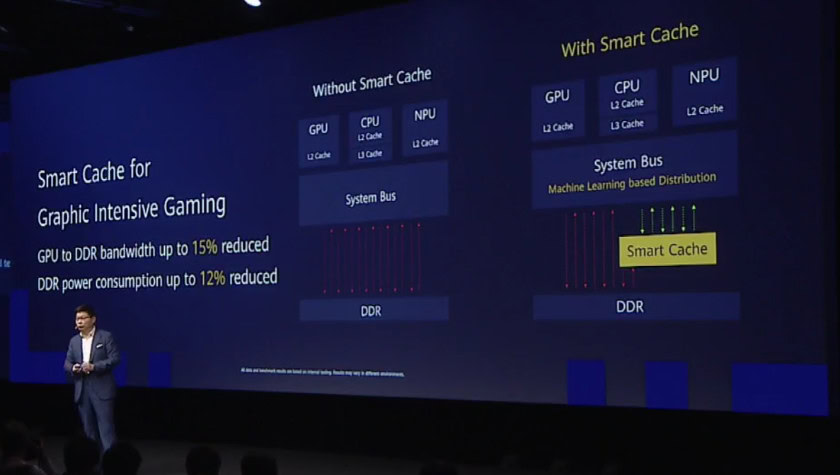
Finally, the small cluster comprises four familiar low-power Cortex-A55 cores. These cores are used across mobile CPUs from all manufacturers to handle background and low-power tasks with maximum energy efficiency. The choice of a 1.95 GHz clock speed means these cores can handle some more demanding tasks, but most of these will be shifted to the middle cluster for faster completion. Cache wise, the setup is identical to the Kirin 980 across all cores.
The Kirin 990 keeps the 2+2+4 cluster design introduced with the Kirin 980. Top-end performance has been extended thanks to some clock speeds boost that came about from optimizations and HUAWEI’s familiarity with the Cortex-A76. Meanwhile, power efficiency is retained through the use of highly-optimized middle and small clusters. However, the clock boosts push the CPUs towards their limit, so we’ll be carefully watching for any knock-on effects to power consumption.
It’s a little disappointing not to see the latest Arm Cortex cores on show in the Kirin 990. The company seems happy with CPU performance as it stands, something that I don’t disagree with. Instead, HUAWEI has chosen to focus on other priorities. Besides the inclusion of 5G, the Kirin 990 makes some big changes to its GPU and NPU setup.
HUAWEI appears content with its CPU design, instead focusing on bigger performance boosts elsewhere
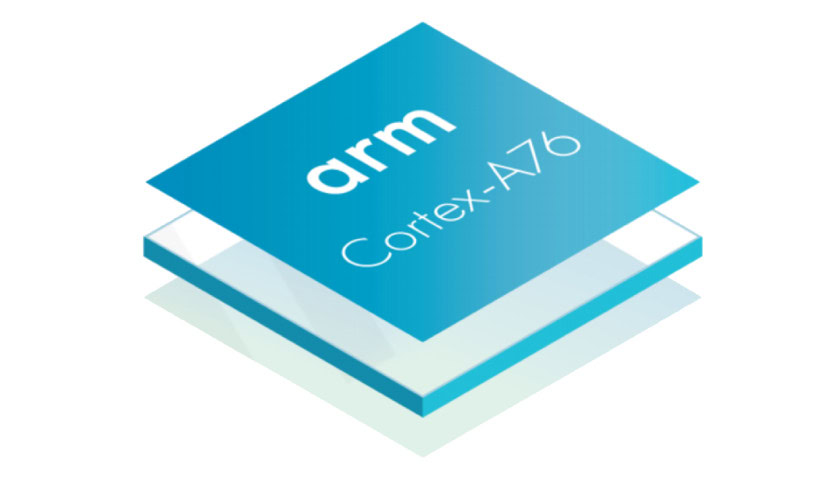
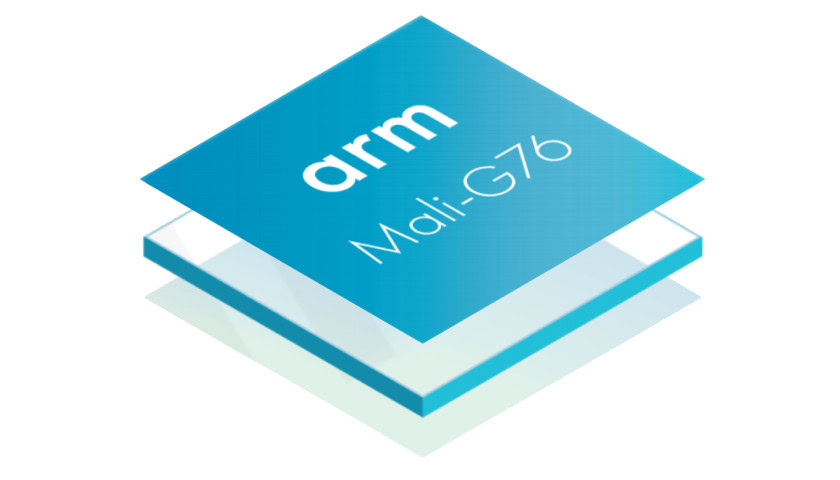
Kirin 990 GPU and NPU performance ramps up
As with the Kirin 990’s CPU, the GPU design features the same Arm Mali-G76 cores as last year. There’s no sign of the latest Mali-G77 here. However, HUAWEI has dedicated significantly more silicon area to graphics performance this time around, boasting 16 Mali-G76 cores inside.
This surpasses the 10 cores used in its previous generation product, as well as the 12 Mali-G76 cores inside Samsung’s Exynos 9820. HUAWEI also claims the Kirin 990 beats the Snapdragon 855’s Adreno 640 GPU by 6% in performance tests and by 20% in energy efficiency. The efficiency gains come from using a large number of GPU cores but with a lower clock. The Kirin 990 GPU clocks in at just 600 MHz compared to 720 MHz in the Kirin 980.
Including more cores allows HUAWEI to drop the GPU clock to 600 MHz for improved power efficiency
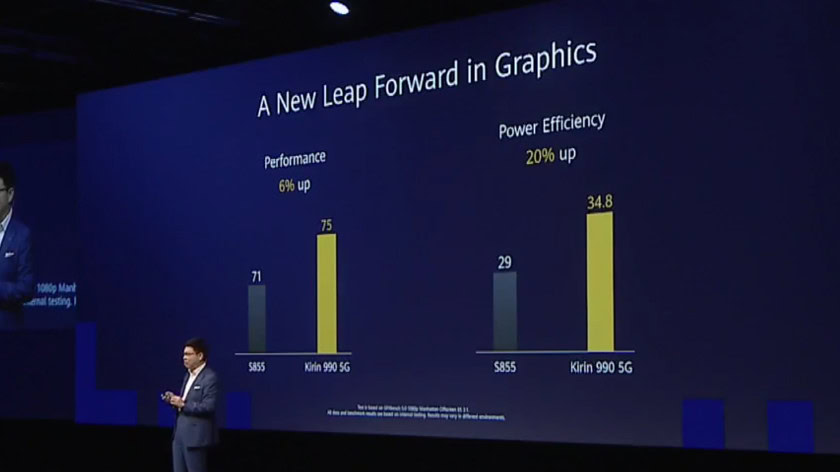
A Mali-G76 MP16 GPU implementation is a hefty investment in graphics silicon area. The SoC augments this with a new memory “smart cache”, or system cache as Qualcomm calls it in the Snapdragon 855. This cache is designed to offload memory bandwidth when running demanding applications, such as games, and is shared between the CPU, GPU, and NPU. HUAWEI states this can reduce DDR bandwidth requirements by 15% and improve power consumption by 12%.
Finally, the Kirin 990 boasts an improved version of the Kirin 980’s AI-based scheduler. This software balances power consumption and performance across the CPU, GPU, and DRAM, looking ahead to the next frame to predict the required balance of resources for maximum power efficiency and performance. The technology works on every game, so there’s no per-app optimization taking place. Interestingly, the scheduler not only scales clock speeds, but dynamically manages core voltages too for fine-tune power management.
The Kirin 990 is a pretty big win for HUAWEI and HONOR mobile gamers.
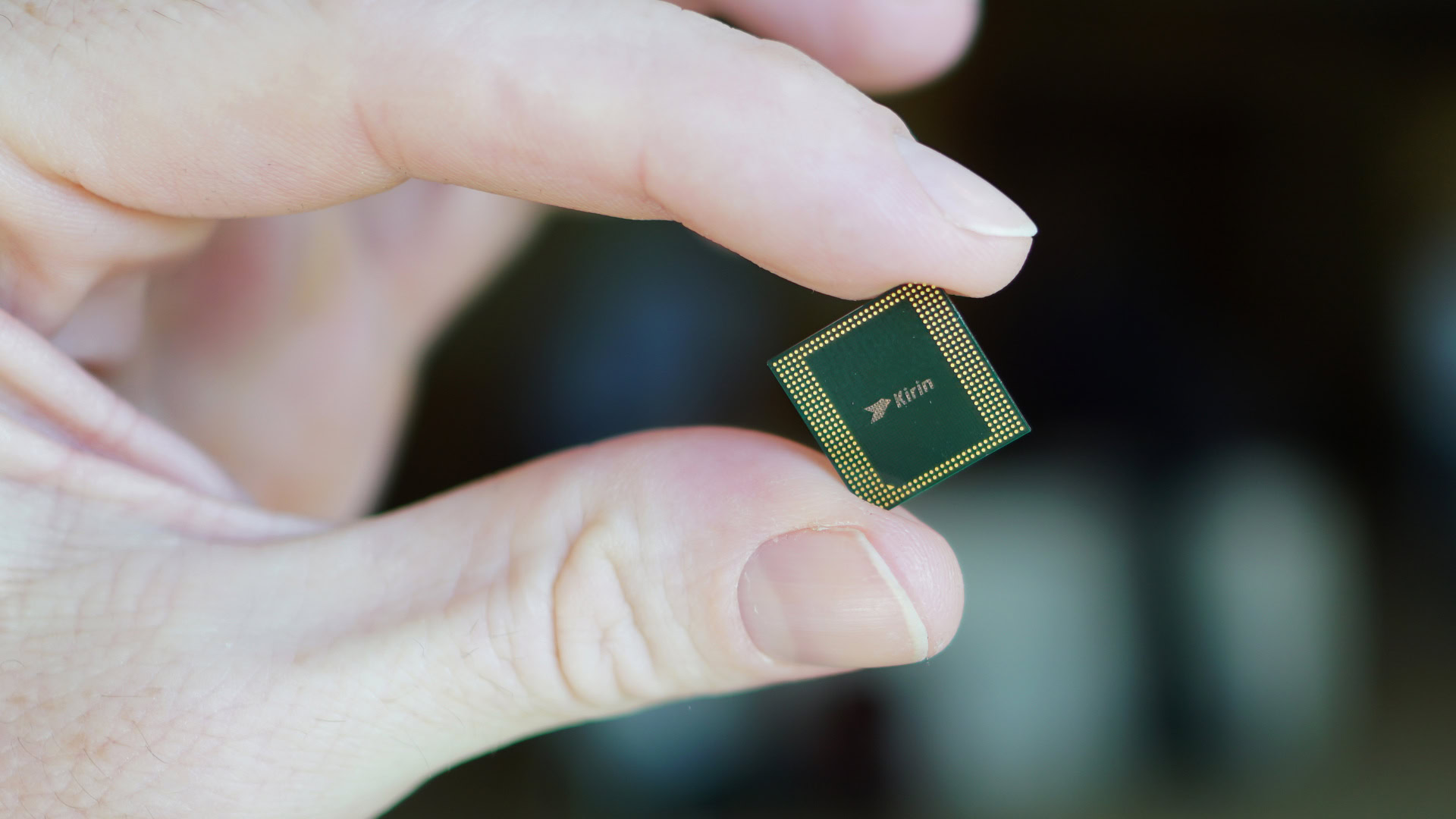
The Kirin 990 is HUAWEI’s first flagship-tier SoC to feature its in-house DaVinci NPU architecture. This design originally appeared inside the mid-tier Kirin 810 earlier this year.
The 990 boasts a small NPU for always-on applications and a big NPU for more demanding workloads. In fact, the 5G variant of the Kirin 990 boasts two big NPU cores for even more processing power. The aim of the game is the best balance of power efficiency, with the little NPU offering up to a 24x power efficiency improvement for workloads like screen unlock facial recognition.
The big and small NPU cores are both based on the same architecture, which scales from ultra-low-power devices up to cloud servers. The architecture consists of three processing units for scalar, vector, and cube operations. The cube processor is designed specifically for common fused multiply-add (FMA) and multiple-accumulate operations (MAC). The NPU supports 16-bit and 8-bit floating-point numbers.
The Kirin 990 isn’t shy on machine learning performance. In fact, HUAWEI claims it’s the most powerful NPU in the mobile space, at least when running the ETH AI benchmark. The DaVinci design offers a 1.88x performance improvement over the dual NPU inside the Kirin 980.
Powering best-in-class photography
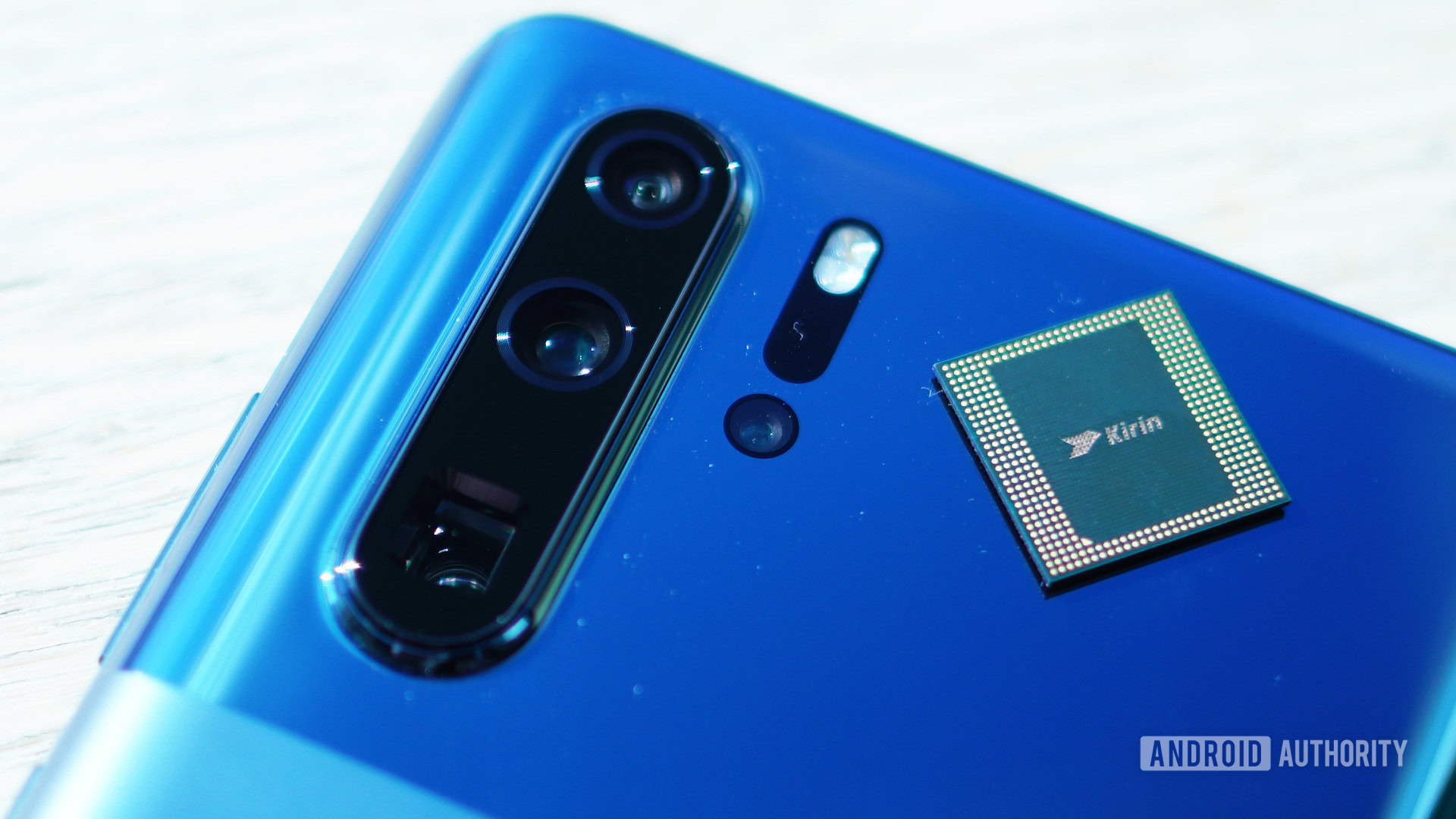
Huawei’s flagship phones earned a solid reputation based on excellent photo capabilities. Part of this is thanks to HUAWEI’s image signal processor (ISP), which enters its fifth generation with the Kirin 990.
Huawei’s latest ISP boosts throughput by 15% while making the same reduction in power consumption. But this upgrade’s most compelling feature is substantially improved noise reduction capabilities, down 30% for images and 20% for video. This further propels HUAWEI’s low light photography to the top of the market.
This is the first mobile SoC with built-in DSLR-grade BM3D noise reduction technology.
The key to these improvements comes from the introduction of block-matching and 3D filtering (BM3D) noise reduction support in hardware – a first for smartphones. This technique is typically associated with DSLR cameras and it’s a powerful denoise algorithm that can be run in close to real time. The Kirin 990 accelerates BM3D by running the algorithm on the ISP with dedicated hardware. In software, the same algorithm would simply run too slowly and consume too much power.
The Kirin 990 supports up to 64-megapixel cameras. The company doesn’t sound too troubled about the prospect of 108MP camera phones that are expected to hit the market soon. For video buffs, the Kirin 990 now supports 4K 60fps encoding and decoding. The chip also implements improved temporal, spatial, and frequency-based noise reduction technologies.
Why no Cortex-A77 or Mali-G77?
The big question hanging over the Kirin 990 is why doesn’t it use Arm’s latest Cortex-A77 CPU or Mali-G77 GPU? A potent question when both Samsung and MediaTek have lower-end products utilizing these components.
When asked HUAWEI outlined two key reasons: power efficiency goals and sub-optimal performance on 7nm.
Speaking to HUAWEI’s Dr Benjamin Wang, he noted that engineers evaluated Cortex-A77 and Mali-G77 against its existing selection and found that, for the same performance, these two processors consumes more power. The Mali-G77 and Cortex-A77 cores are also slightly larger than the G76 and A76 respectively. When it came to the GPU, HUAWEI wanted more cores to lower the clock voltage and improve efficiency, which it claims provides better results than moving to the G77. Instead, HUAWEI sees 5nm as a much more suitable node for these next-gen chips. We’ll have to wait for the next step down before HUAWEI adopts these cores.
If you want to fully utilize the A77, we think the 5nm process is a mustDr Benjamin Wang - HUAWEI
In addition to the above, Dr Wang noted that HUAWEI’s engineers have become very familiar with their A76 and G76 design over the past couple of years. Rather than working from scratch on a new design, HUAWEI has been able to squeeze out extra performance and optimize parts of the Kirin 990 to achieve higher performance. He compared Samsung’s 2.2GHz Cortex-A77 in the Exynos 980 to the Kirin 990’s A-76 at 2.86 GHz and claimed a 10% performance win for the Kirin. That sounds promising, but I still have lingering questions about sustainable performance and power draw with these very high clocks.
HUAWEI suggests that you don’t always have to go to the latest parts to meet your design goals, and the company is convinced that the Cortex-A76 and Mali-G76 are the best components for power efficiency and suitable user performance when manufacturing at 7nm. It will be interesting to see if HUAWEI’s rivals disagree when they launch their own flagship products. We also can’t discount that the ongoing trade dispute between China and the US may have also played a part in HUAWEI’s licensing agreements.
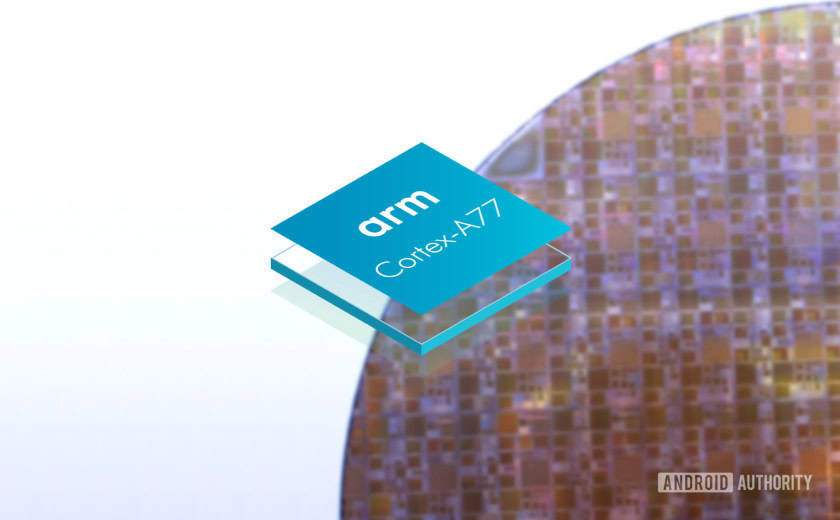
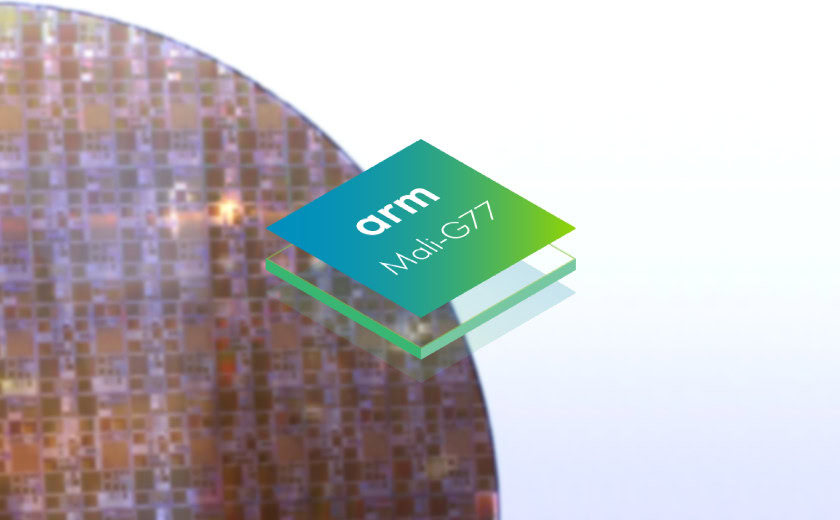
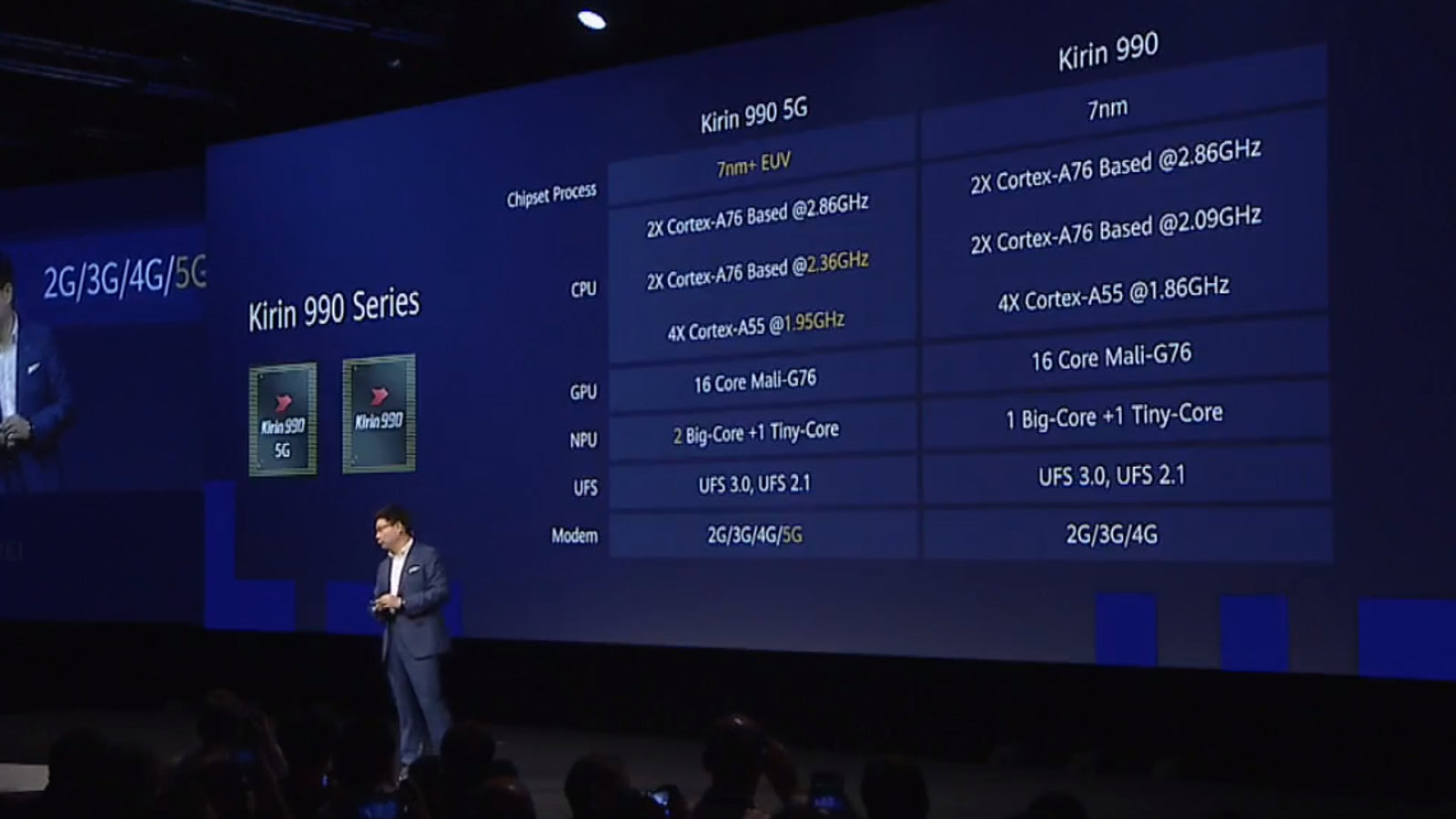
What to expect from Kirin 990 phones
HUAWEI has been increasingly ambitious with the Kirin range and the 990 checks off another batch of important firsts for the mobile chipset industry.
As the first integrated 5G flagship SoC, HUAWEI has set the tone for devices shipping in late 2019 and 2020. 5G is now the standard in the high-end, at last as far as sub-6GHz support goes. The Kirin 990 also continues to push mobile imaging and machine learning / AI forward and these are key capabilities that keep its handsets at the top of the field.
On the CPU and GPU side, the chipset hits all the right notes even if it doesn’t have fancy new parts to tout. CPU-wise, a modest uplift in performance is certain to provide all the power you’ll need for day-to-day tasks. For gamers, HUAWEI’s bigger, more efficient GPU design closes the gap on its rivals. At least for now.
The much anticipated HUAWEI Mate 30 series will almost certainly be the first to sport the Kirin 990. I, for one, can’t wait to put HUAWEI’s latest chip through its paces.